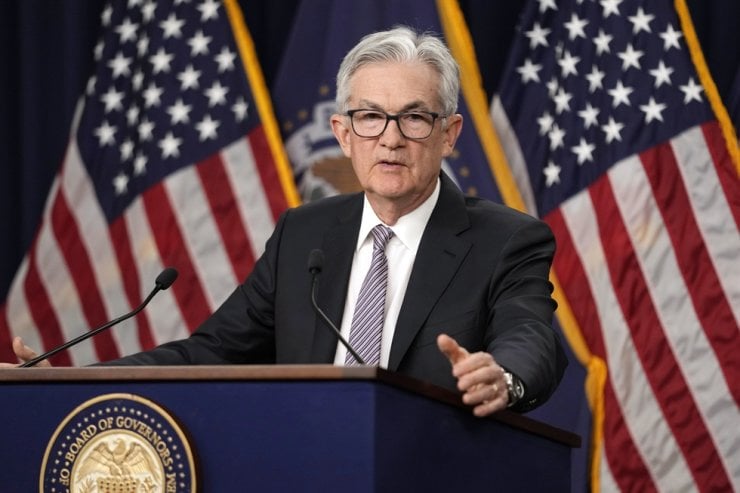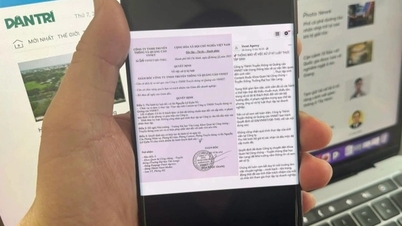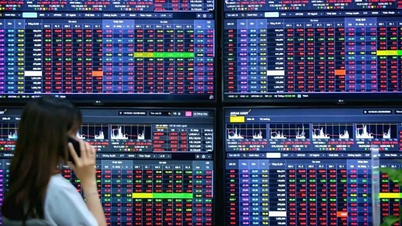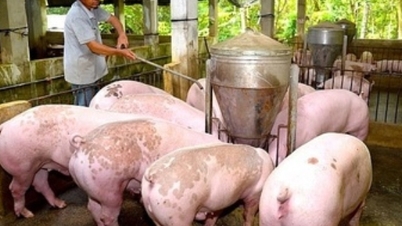Shares of PacWest Bancorp plunged 50% after the bank said it was considering a sale. Phoenix-based Western Alliance Bank is also seeking help, having been forced to halt trading several times.
Shares of PacWest and Western had earlier rallied 82% and 49%, respectively, but then resumed their declines.
“Depositors in regional banks have lost confidence. They are draining the banks of capital and pushing them into insolvency,” said New York Post journalist Charles Gasparino.
According to Mr. Amit Seru, professor of finance at Stanford Business School, the rescue of First Republic by the largest bank in the US, JP Morgain, is not enough to ease concerns about the banking system.
Too small to succeed
The recent turmoil has focused on banks that are a few notches below the Wall Street giants, which are a crucial source of funding for American businesses.
After the 2008 crisis, the financial giants that were rescued from the brink were deemed “too big to fail,” and policymakers and regulators focused on making sure those banks operated more safely. Meanwhile, what happens when some banks become “too small to grow” has received little attention.

The bankruptcy of Silicon Valley Bank (SVB) on March 10 opened a crisis of confidence not only in the US but also spreading to other regions of the world . Photo: NPR
“Small” is a relative term. The recent turmoil in the US banking industry has been concentrated in banks with assets ranging from $10 billion to banks like Silicon Valley Bank (SVB) and First Republic with about $200 billion.
These numbers are enough to put these banks in the top 20 US banks, but they are nothing compared to the top 4 banks in this country with assets of trillions of dollars.
The amount of money JPMorgan spent to buy First Republic from the Federal Deposit Insurance Corporation (FDIC) is nothing compared to the nearly $4 trillion in assets of the largest bank in the United States.
There is some hope that the gloom over regional banks may lift once First Republic's problems are resolved. After all, both First Republic and SVB have specific problems, most notably high levels of uninsured deposits, which leave customers vulnerable to mass withdrawals when they feel nervous.
But banks haven’t been able to quell that concern for customers. The KBW Regional Bank Index is down 30% since the start of the year, and down 9.5% since May 1, when JPMorgan moved to buy First Republic.
This isn’t just a concern for bank shareholders. Regional banks are traditionally the primary source of financing for small businesses, so if they weaken, it will be harder for small businesses to get loans. They may be forced to turn to larger banks, or force smaller banks to merge.
Many people have “underestimated the significance of these banks to our financial ecosystem,” said former FDIC Chair Jelena McWilliams.
Huge loss
First Republic Bank has found a niche in the high-end clientele, while SVB has become a go-to institution for financing startups.
When they have money, these banks often take the safe route of investing it in government bonds or offering mortgages to customers with high credit scores. However, these loans have longer maturities, exposing the banks to interest rate risk.
In taking these steps, banks often bet that interest rates wouldn’t rise too much, too fast. SVB and First Republic, however, were wrong. In 2022, the Federal Reserve pivoted to fight inflation and began aggressively raising interest rates from near zero. By May 2023, the US central bank had raised its benchmark lending rate to 5%, its highest level since 2007.
The Fed’s rate hikes have left US banks with $620 billion in paper losses by the end of 2022. A bank is not at risk if it can hold a losing security until maturity, but if customers withdraw their money en masse, it will have to sell the securities at a loss, making it insolvent.

From March 2022 to May 2023, the Fed raised lending rates from near zero to 5-5.25% to control inflation. Photo: Korea Times
The banks that have failed in recent times have come under pressure as customers start to realise the losses they will incur, or decide to move their money to other banks that offer better returns as interest rates rise.
It starts with a bank stock falling, which raises suspicions. Deposits then remain relatively stable, and things calm down, but then flare up again as the panic continues.
While smaller banks are caught in the crossfire, larger banks are able to avoid this pain, in part because they are subject to stricter rules and oversight. They also typically have more capital and more ways to remove low-yielding assets from their balance sheets by securitizing or selling them.
There is an ongoing debate about whether the banking crisis is the result of the Fed raising interest rates too quickly or the impact of tightening monetary policy. But according to Morgan Stanley's global chief economist Seth Carpenter, when banks are stressed, they can fail in unpredictable ways .
Nguyen Tuyet (According to The Week, Bloomberg)
Source












































































































Comment (0)